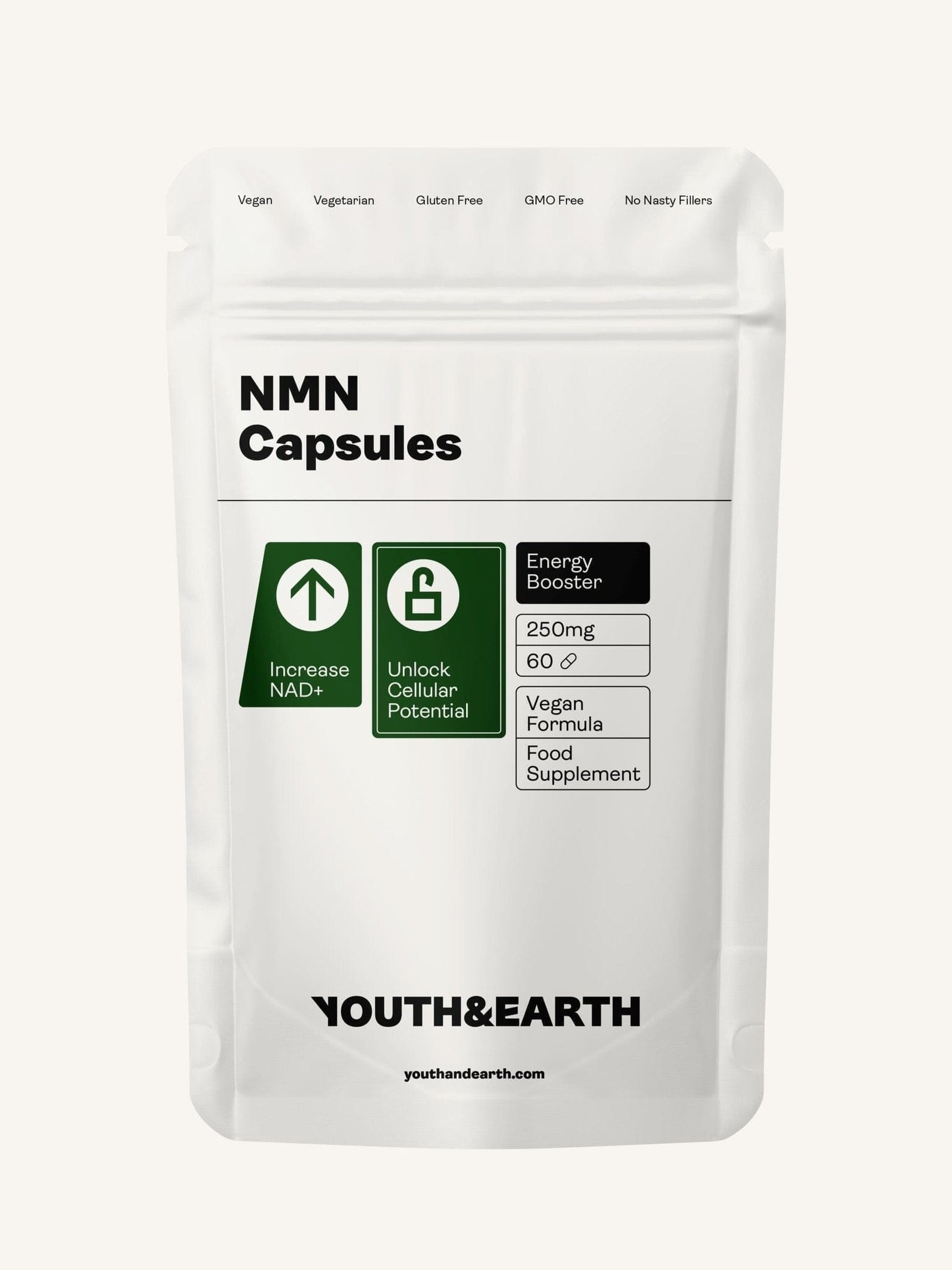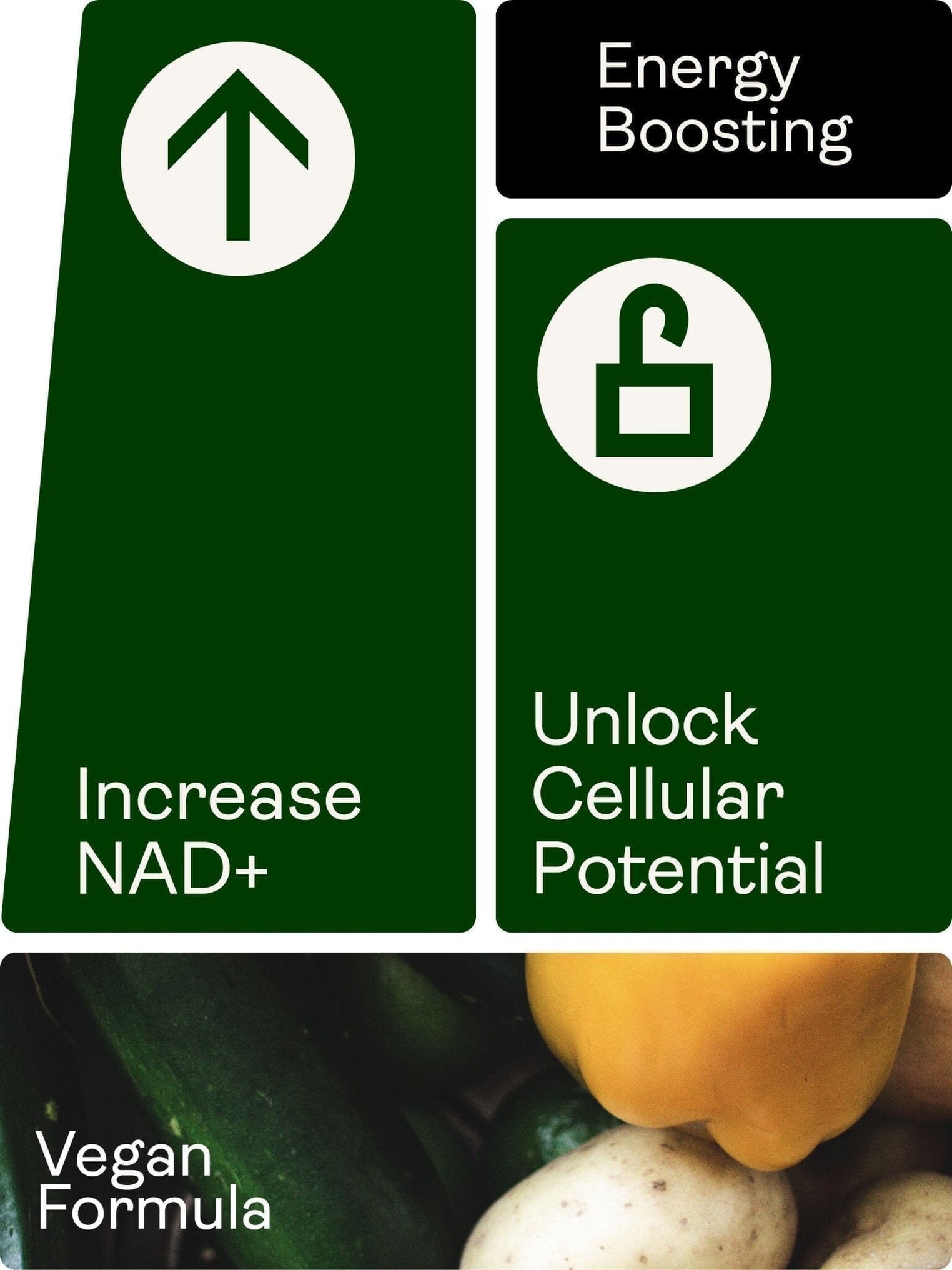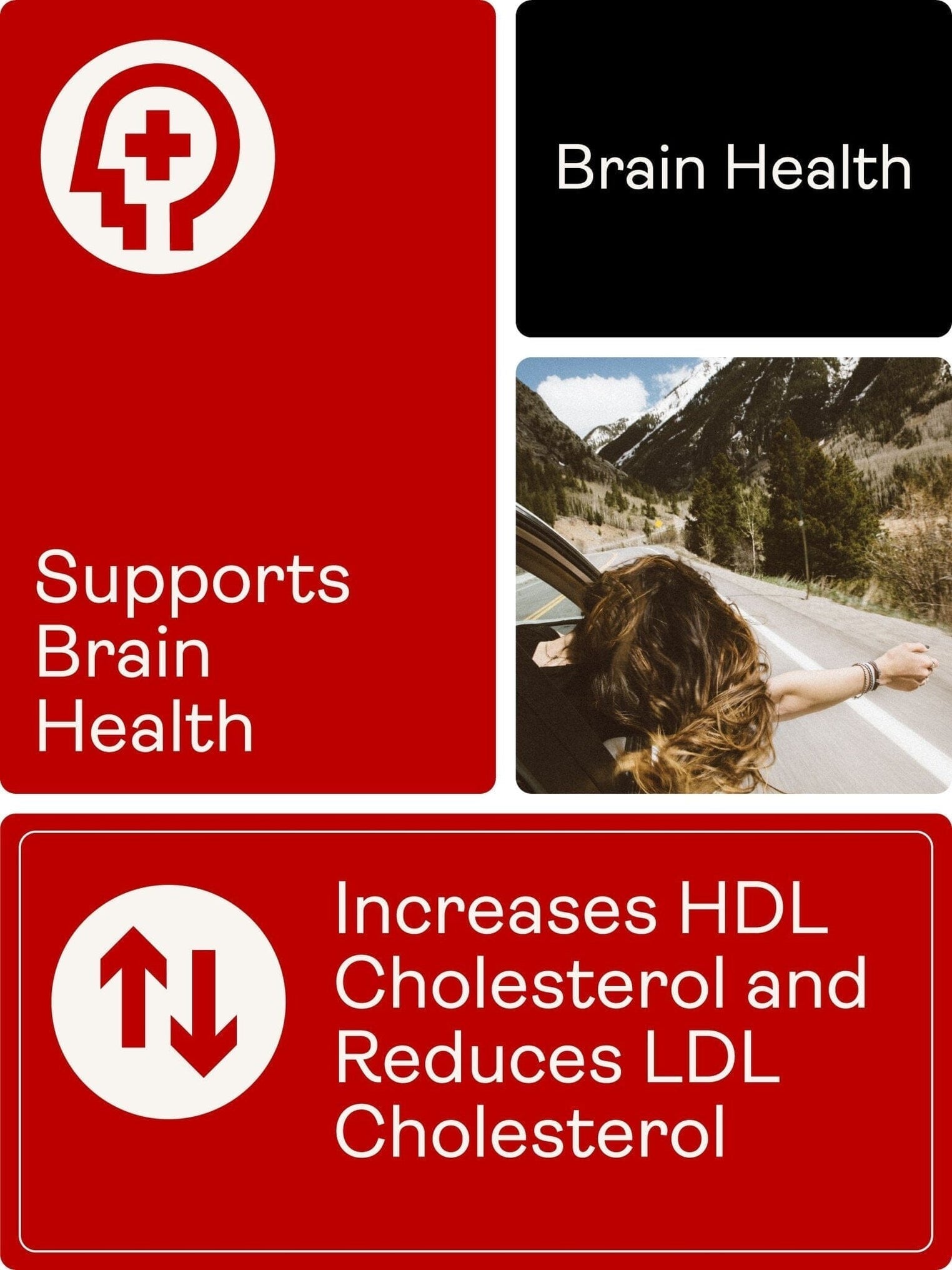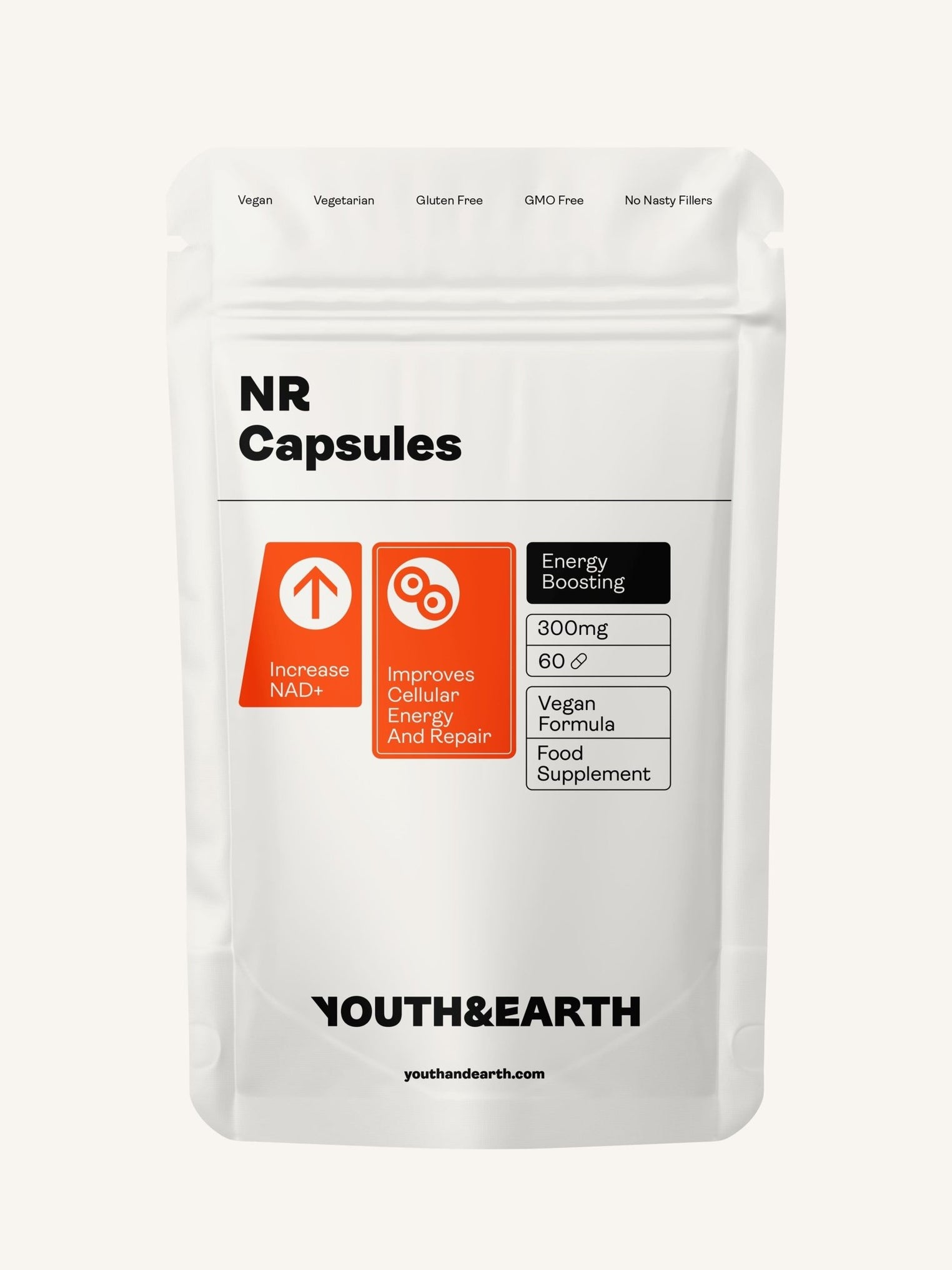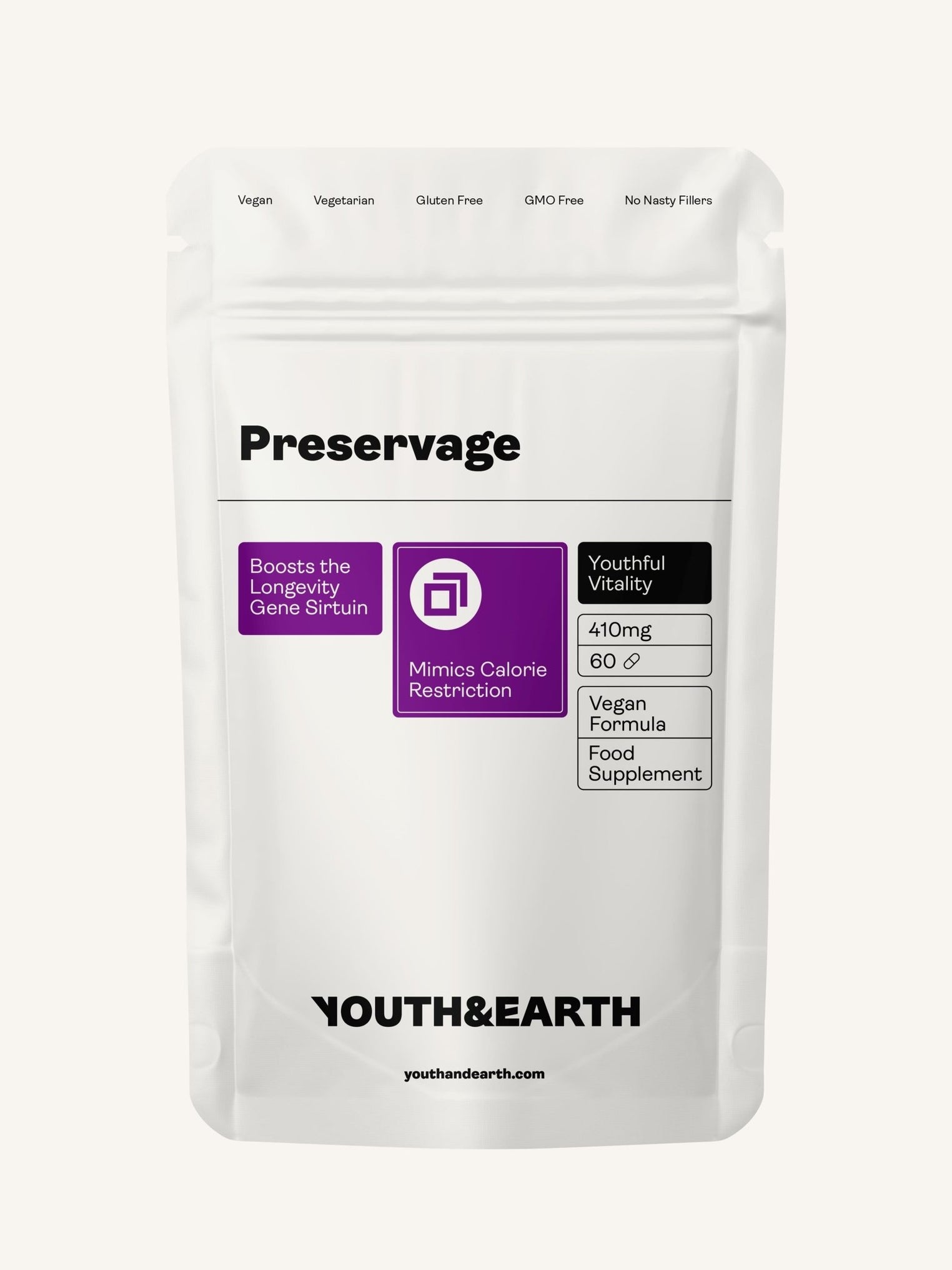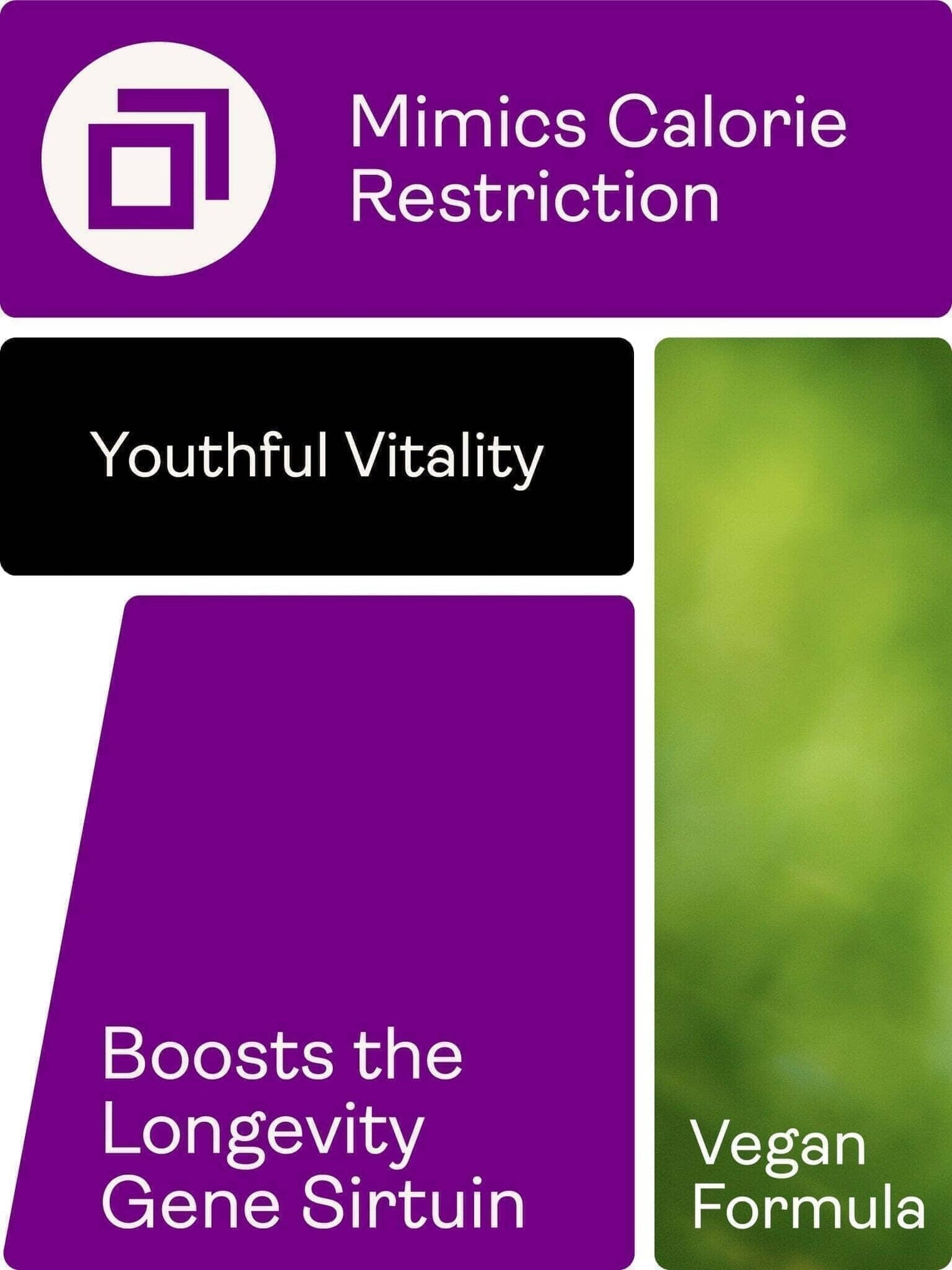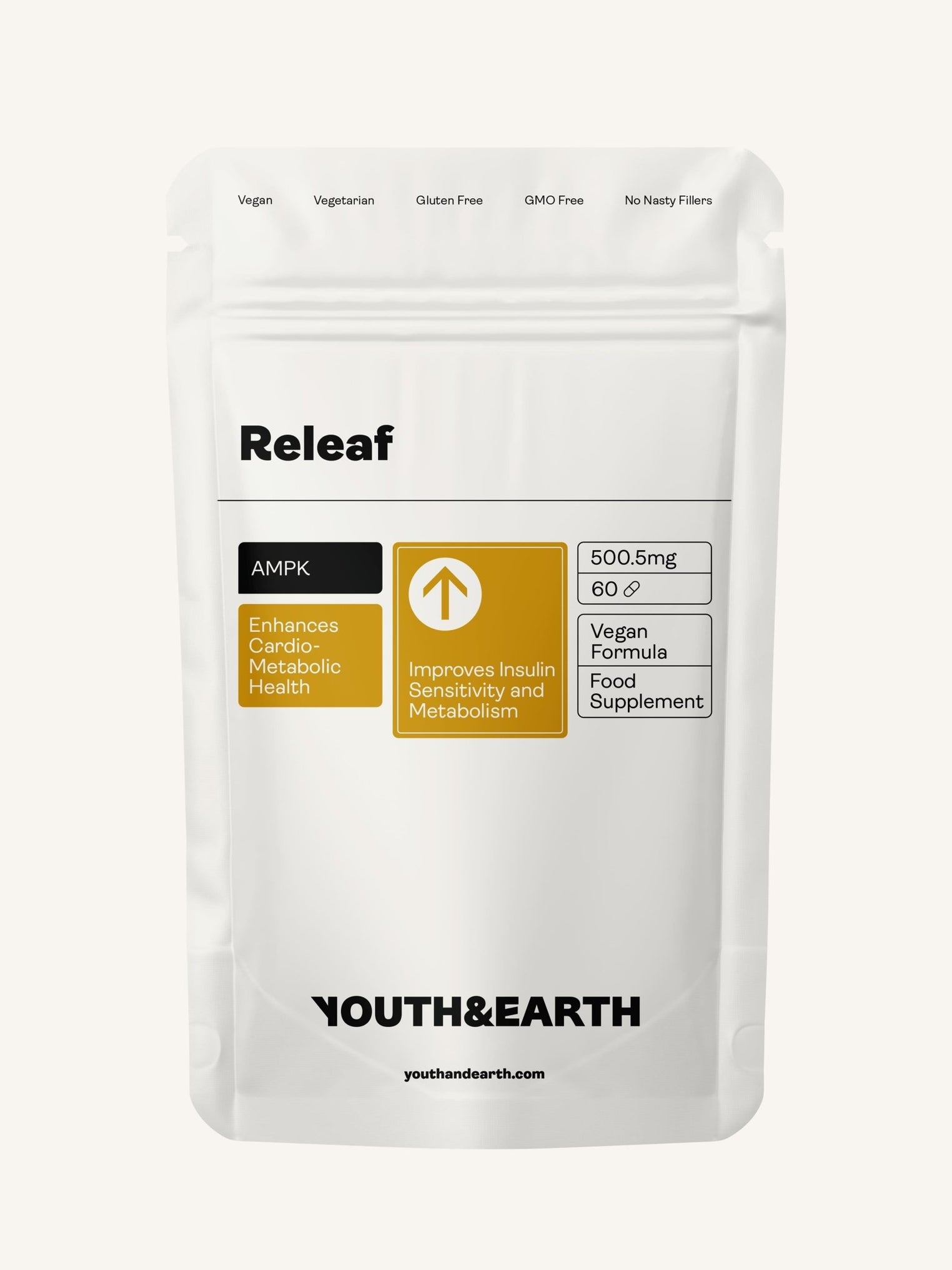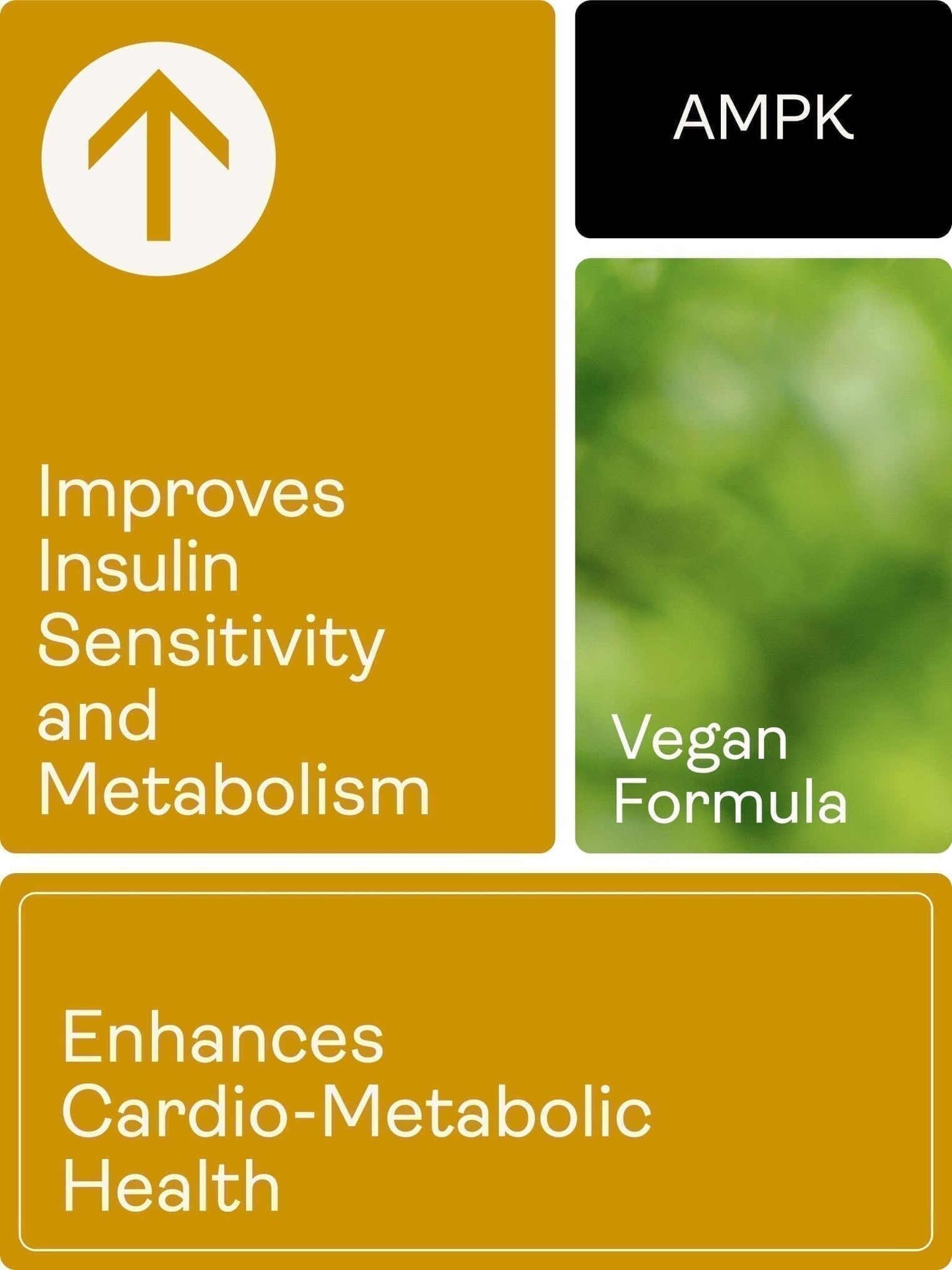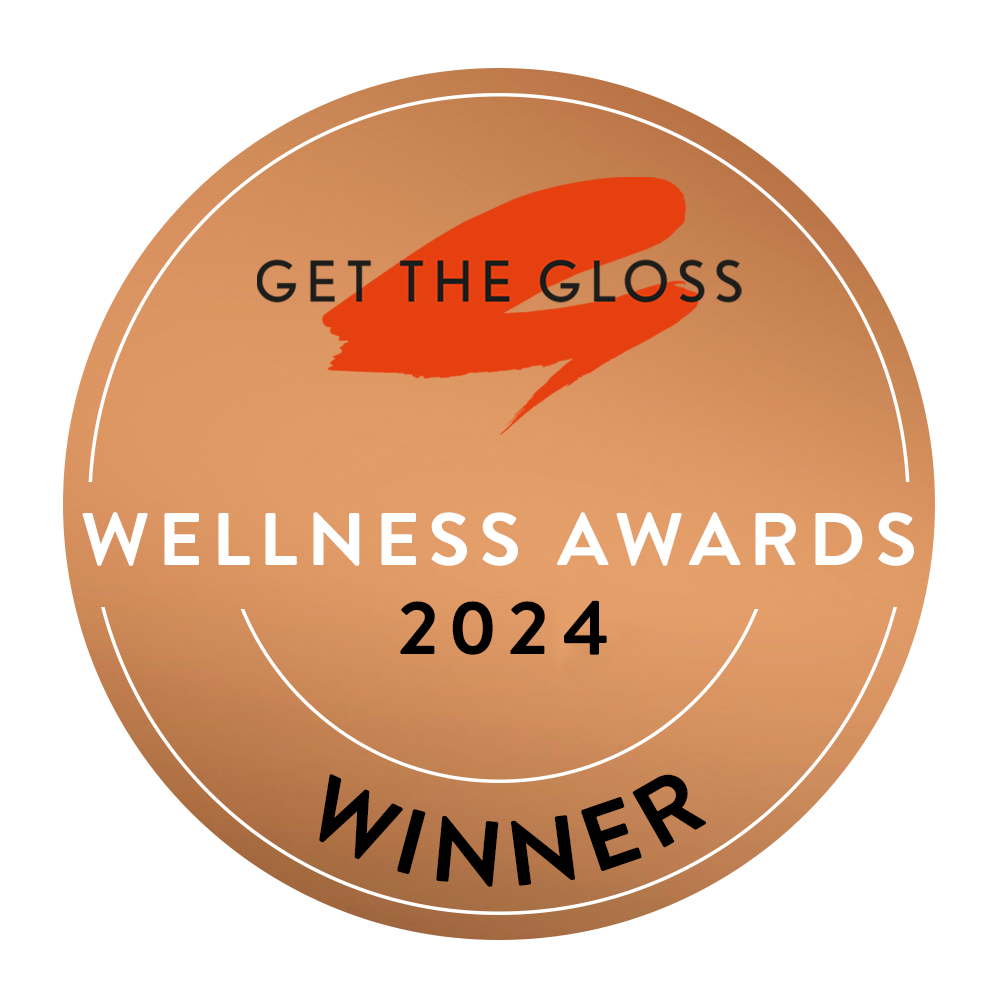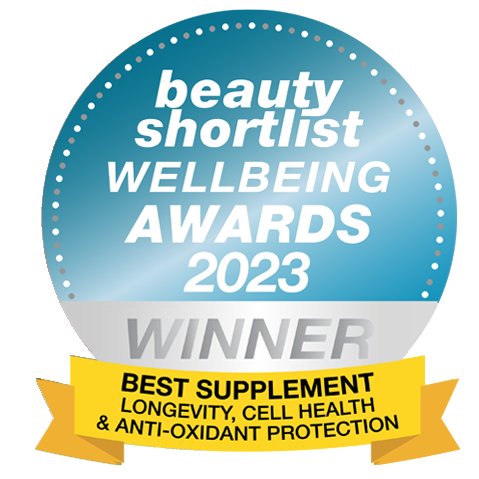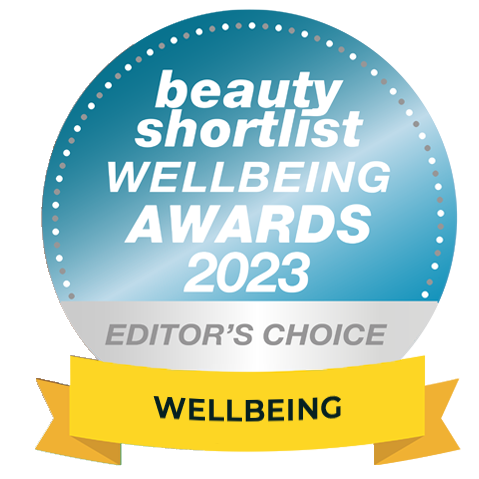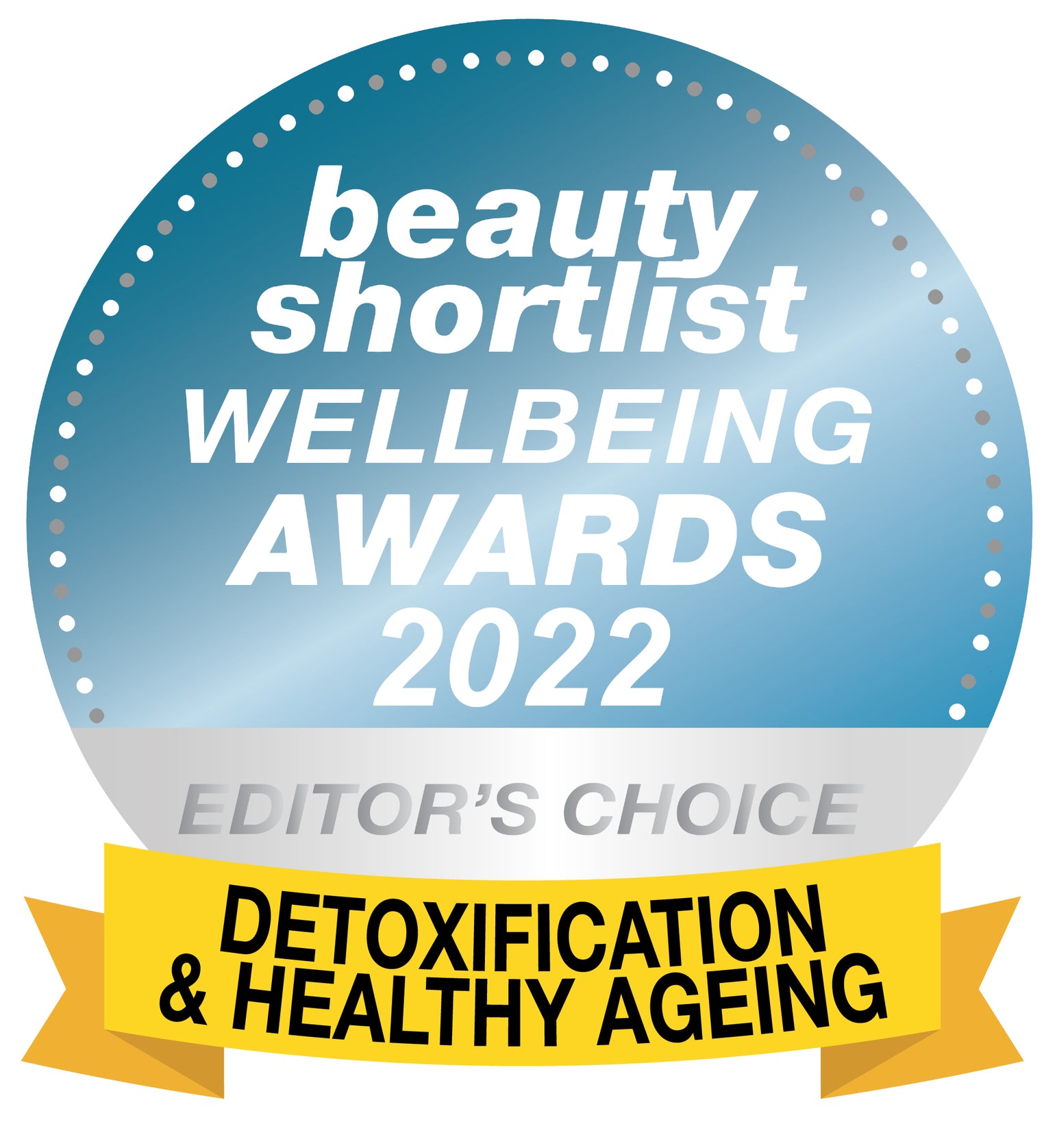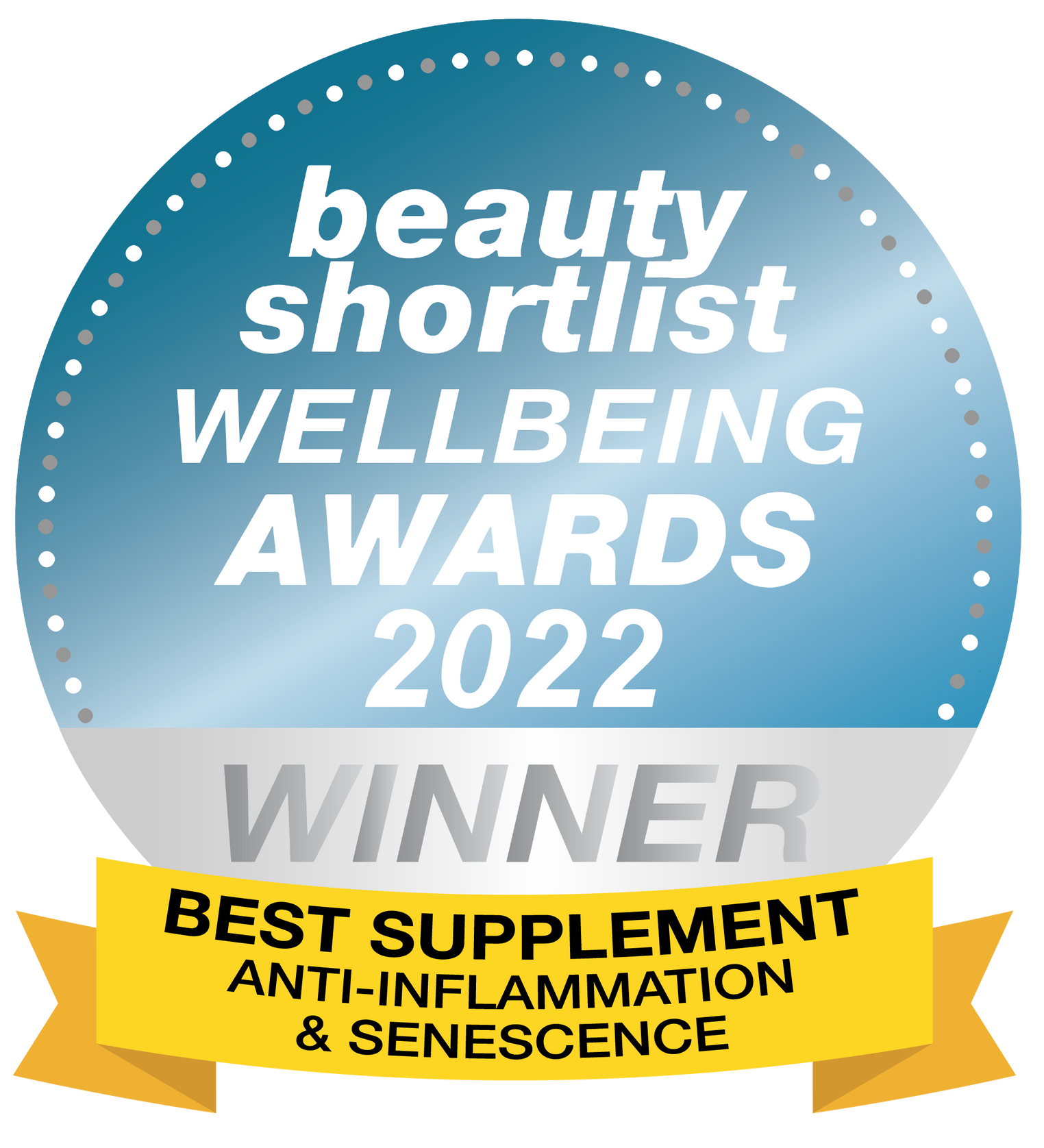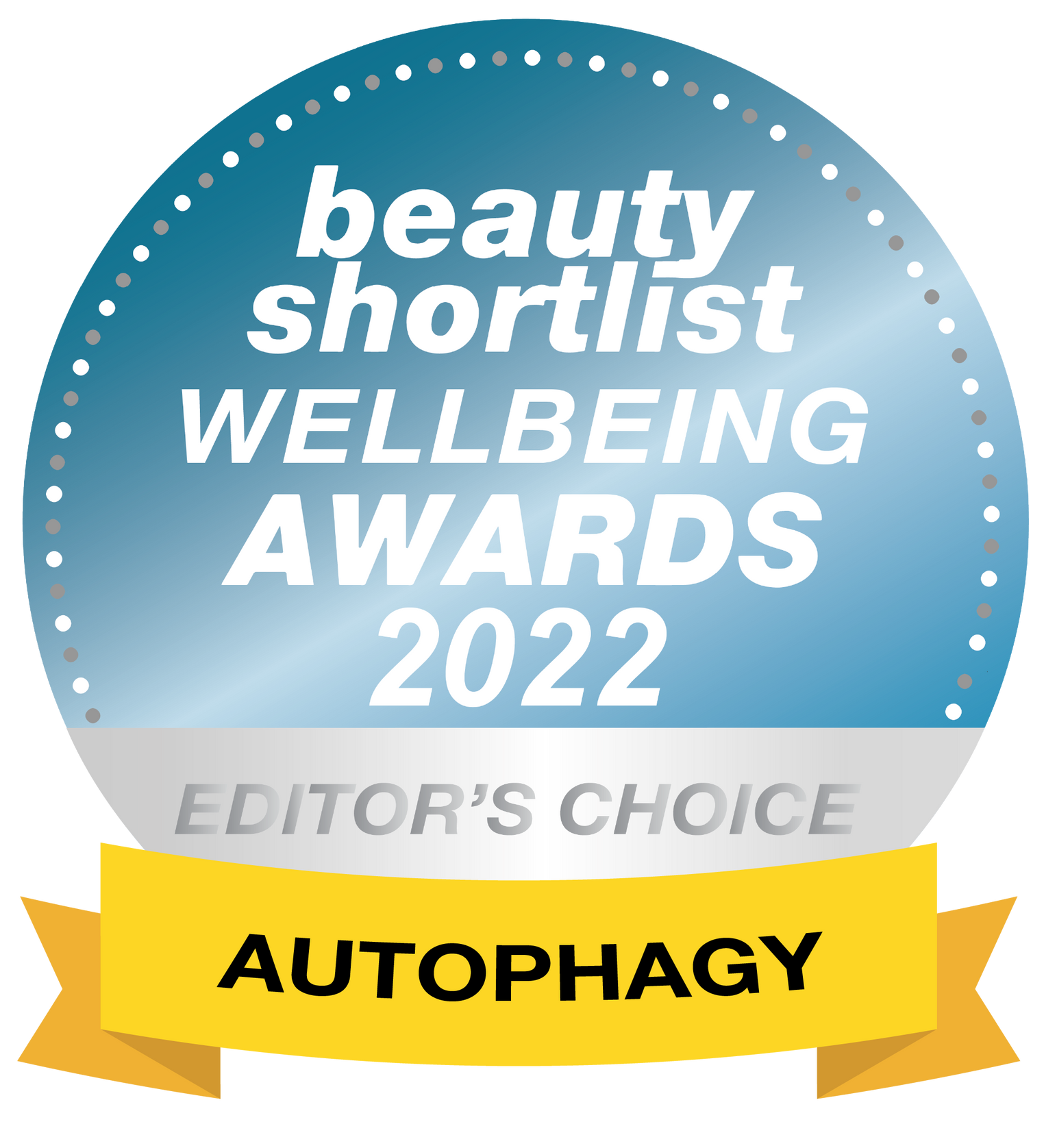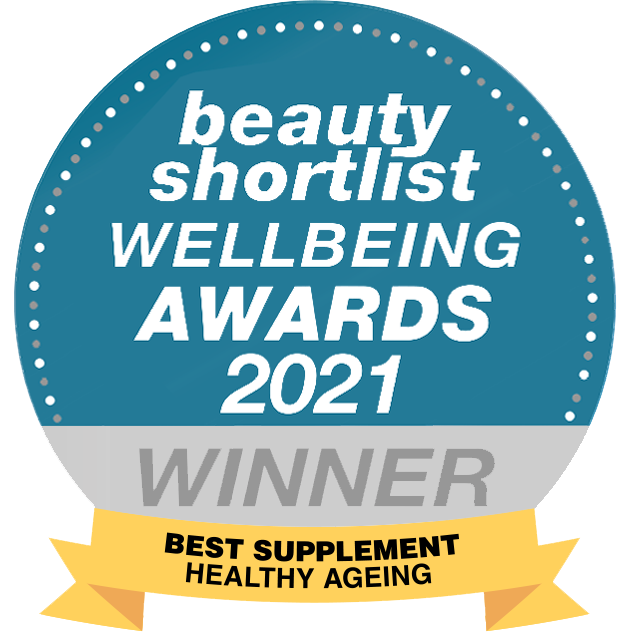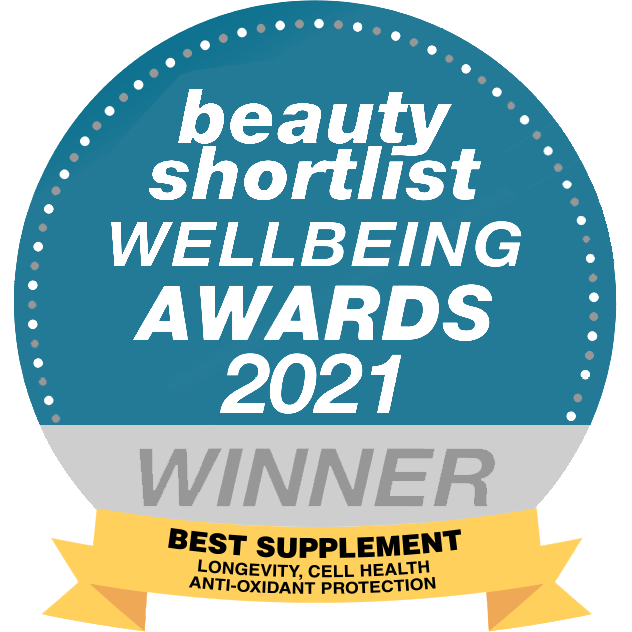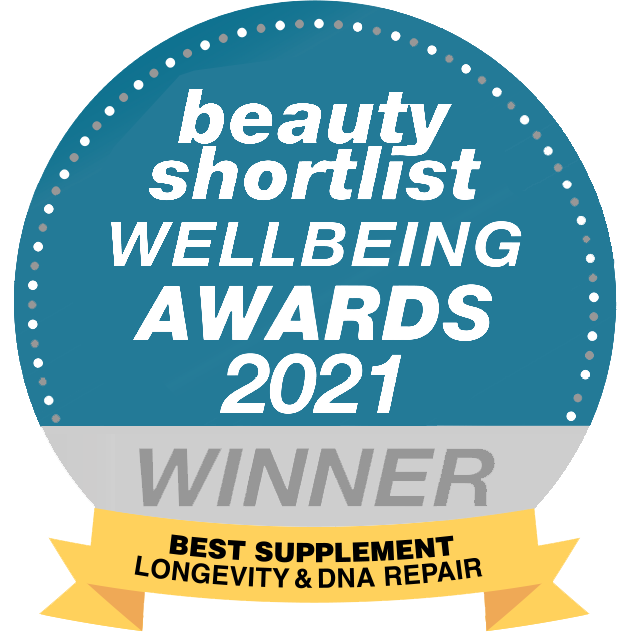Ageing or aging (if you are in the USA) is an inevitable part of life. But, did you know that according to the theory of the Hallmarks of Aging, there are 9 causes that occur at a biological level? Find out what they are and what we can do to minimize the influence of these factors so that we can live long, happy, healthy lives.
The human body is like a massive analog clock with thousands of moving bits and pieces. Every moment of the day, these components interact with each other to enable your body to perform a wide range of mission-critical processes such as breathing, locomotion, cell division, and such other functions.
As time passes, this massive system progressively wears out through direct damage, DNA repairs that are not 100% perfect, the accumulation of waste products, and a wearing out of the repair process itself. All these factors impair function, negatively affect physiological integrity, and increase vulnerability to disease and death. In a nutshell, this is what aging is all about.
In a 2013 paper, originally published in the journal Cell, scientists defined 9 factors or categories that seem to influence aging at a cellular level and cause age-related disease. They have called these the Hallmarks of Aging.
What Are Hallmarks of Aging?
The Hallmarks of Aging can best be described as the events or factors that cause a system-wide deterioration in organismal function. These markers are a common denominator across many organisms but, in particular, they are seen in mammals.
The 9 cellular markers are genomic instability, telomere attrition, epigenetic alterations, loss of proteostasis, deregulated nutrient-sensing, mitochondrial dysfunction, cellular senescence, stem cell exhaustion, and altered intracellular communication.
That’s quite a mouthful but don’t worry, in this series, we’ll be unpacking each one of these factors in everyday terms.
According to the theory, these 9 hallmarks are interconnected and have an influence on each other. Although, the exact details of the relationship and the influence of external factors are still a mystery.
The researchers grouped them into three categories: Primary hallmarks, antagonistic hallmarks, and integrative hallmarks.
Primary Hallmarks of Aging
The following primary hallmarks all cause damage on a cellular level and are thought to be the main factors that start to cause your health to deteriorate. The effect of these four is always negative.
-
Genomic Instability
-
Telomere attrition
-
Epigenetic alterations
-
Loss of proteostasis
Antagonistic Hallmarks of Aging
These three hallmarks are a response to the damage caused by the primary hallmarks. They are a bit like inflammation in the body. Initially, the response helps to mitigate the damage and has benefits, but if the response becomes chronic (ongoing) or worse, it can cause damage as well.
-
Deregulated nutrient-sensing
-
Mitochondrial dysfunction
-
Cellular senescence
Integrative Hallmarks
The last two are the combined result of the damage caused by the above hallmarks. Researchers believe that these two are ultimately responsible for the decline that’s usually associated with aging.
-
Stem cell exhaustion
-
Altered intercellular communication
In part l of this article, we’ll cover the three primary hallmarks of aging plus investigate ways to minimize the damage.
Primary Hallmark #1: Genomic Instability - Ongoing DNA Damage
"A genome is an organism's complete set of DNA, including all of its genes. Each genome contains all of the information needed to build and maintain that organism. In humans, a copy of the entire genome—is contained in all cells that have a nucleus."
— NIH - Genetics Home Reference
What is genomic instability?
In short, genomic instability means that there are defects in the processes that control the way a cell divides. As a result, the genome is altered during cell division and does not make an exact copy of the original pattern.
The body uses the instructions in the genome to repair and rebuild cells so that everyone performs its proper function. The mitochondria (the powerhouse of the cell) also have their own genomes known as mitochondrial DNA. Because DNA is critical, every cell has a protective mechanism and a repair mechanism to prevent damage.
However, despite these mechanisms, damage occurs over time and can be caused by external and internal factors. External factors include UV radiation, viral infections, and chemicals. Internal factors include damage caused by the products of normal cellular metabolism, namely reactive oxygen and nitrogen species.
And, although there are many cellular processes in place to repair the damage, sometimes the repair is insufficient resulting in a dysfunctional cell or damaged DNA that slips through and is replicated. The ongoing, accumulated damage and insufficient repairs to the DNA (both mitochondrial and cellular) results in genomic instability.
The body has mechanisms in place to deal with the odd dysfunctional cell, but if these cells accumulate it can cause all sorts of damage to the tissues and organs over time. Also if damaged DNA is replicated, it can result in a mutation. Possibly one of the most well-known diseases that indicate this is cancer.
It is thought that genomic instability is one of the key factors that contribute to the deterioration that comes with age.
How to prevent genomic instability
Although much of this hallmark is a mystery and scientists have not yet found a “cure,” there are some things we can do to minimize damage to our DNA.
1. Limit external factors that may damage your DNA - avoid the sun, minimize pollution exposure, and avoid industrial chemicals
We all know that the sun can damage your skin. As a matter of fact, it’s the accumulation of sun damage to DNA (resulting in mutated cells) over time that eventually causes skin cancer.
Environmental factors such as smoking, pollution, and even chemicals can damage DNA as well. Simple lifestyle changes such as stopping smoking and avoiding pollution as much as possible can help minimize these external factors.
A simple way to avoid your exposure to pollution is to exercise in the fresh air, away from busy roads, and to close the car windows and air vents (if you don’t have a filter) if you are driving through a very polluted area. To avoid heavy metals and chemicals, install a water filter into your home and avoid eating high quantities of large ocean fish such as tuna that’s known to have higher-than-average quantities of mercury. According to the Environmental Defense Fund, limiting white or albacore tuna three times a month is safe, and canned light tuna can be eaten once a week. If you worried about mercury, consider eating canned salmon instead.
2. Supplement with NMN and antioxidants
One of the key molecules that seem to be critical to DNA repair is NAD+. Researchers have found a correlation between declining NAD+ levels and DNA damage. In a study, it was found that replenishing NAD+ levels through using its precursor NMN, seemed to increase the cell’s capacity to repair damaged DNA. Although more research and studies need to be done on this subject, there are indications that using NMN can help address DNA damage.
Youth & Earth has a pharmaceutical-grade sublingual NMN. It’s absorbed directly into the bloodstream via the mucosa under the tongue.
DNA damage occurs because of oxidative stress. In short, oxidative stress is caused by unstable molecules called free radicals that contain oxygen and have an uneven number of electrons. To find a match for the unpaired electron, they scavenge electrons from our cells, causing damage.
Antioxidants help combat this by donating a spare electron to these free radicals. In theory, this prevents them from scavenging the electrons from our cells. Eating a healthy diet, rich in colorful vegetables and fruits, can provide your body with antioxidants, but one way to ensure you are getting enough is to use natural supplements that are antioxidants.
Glutathione is a powerful antioxidant that is also known as the “master detoxifier.” It protects our cells from DNA damage and also helps the body get rid of toxins such as heavy metals. As we learned above, genomic instability can be caused by toxins, so glutathione is a two-for-one natural supplement to take to combat genomic instability.
Youth & Earth has pharmaceutical-grade liposomal glutathione that is easily absorbed by the body so that you can experience maximum benefits.
Another antioxidant that prevents damage to DNA is alpha-lipoic acid. This fatty acid helps in energy production, it activates longevity pathways that are key to energy levels, and it also fights inflammation and oxidative stress. Interestingly, it helps the body create more antioxidants as well.
3. Exercise
Exercise continues to be one of the top anti-aging hacks. It’s therefore no surprise that regular exercise plays a role in keeping the genome stable. There are a few studies that indicate that regular exercise can help prevent damage to DNA. In one study, a six-month resistance training program for the elderly in an institution, researchers found that the subjects experienced increased resistance against genomic instability.
Primary Hallmark #2: Telomere Attrition - The Wearing Down of Protective Caps on Telomeres
“Telomeres are distinctive structures found at the ends of our chromosomes. They consist of the same short DNA sequence repeated over and over again. ”
— yourgenome.org
What is a telomere?
At the end of every chromosome, is a protective cap called a telomere. According to yourgenome.org, they are sections of DNA that consist of the same code that’s repeated about 3 000 times. Telomeres are a bit like a clock that controls the number of times a cell can divide.
Telomeres have three purposes and they all revolve around protecting the DNA.
Telomeres:
-
Help organize the chromosomes in the cell nucleus.
-
Make sure that the chromosome replicates correctly during cell division. Every time cell division occurs, the part of the chromosome that is lost is the telomere, not the actual DNA. If this didn’t happen, and the DNA itself was lost, we would lose whole genes.
-
Protects the ends of the chromosomes from unraveling or getting stuck on other chromosomes (like the ends of a shoelace).
Unfortunately, with every cell division, the telomeres get shortened until they reach the critical limit where the cell has no more telomere to divide safely. On top of that, telomeres are also shortened by environmental and internal factors that cause oxidative stress. These include a lack of exercise, a poor diet, smoking, and chronic stress.
Researchers have correlated chronic stress and how you perceive your stress with shortened telomeres. Shortened telomeres have been linked to many chronic conditions that are usually associated with age such as Alzheimer’s and cancer.
Once telomeres reach that critical point where there is no more division left, the cell enters a state called senescence where it ceases to divide. It either dies or becomes a senescent cell. Although we cover this in part ll, if you’d like to find out more about senescent cells, you might enjoy reading: Zombie Cells and Aging - How to Fight the Walking Dead Cells
As we age, if we don’t do anything to counteract the loss of telomere length, the amount of healthy cells that can divide, steadily decreases. This leads to poor cell, tissue, and organ functioning and cells no longer repair properly or perform the function they are supposed to form.
Can you lengthen your telomeres?
Telomere shortening is a natural occurrence but there are ways that you can slow down external and internal factors that may cause unnecessary shortening. You can also potentially increase the activity of telomerase, an enzyme that is responsible for protecting the telomeres.
1. Learn how to manage your stress
As mentioned, it has been found that chronic stress, as well as the perception of that stress, can have a negative effect on telomere length. Learning how to manage stress and reducing unnecessary stress is one way to protect your telomeres.
2. Eat a healthy diet and exercise
Once more, colorful fruits and vegetables, whole grains, lean proteins, and healthy fats are the stars. Make sure you are eating a healthy diet and drinking pure water so that your cells with the building blocks it needs. Choosing healthy options will naturally help reduce weight and inflammation, both of which are associated with decreased telomerase activity and telomere length.
3. Supplement with NMN or NR and Preservage
One of the best ways to tackle telomere attrition is to target it at a cellular level. Natural supplements that do this are NMN or NR and certain antioxidants.
NMN or NR to boost NAD+ and activate sirtuins
Sirtuins are a family of proteins that regulate cellular aging. They also protect telomeres and, amongst other things, delay cellular senescence. Sirtuins are dependent on NAD+ to function properly. Therefore, taking an NAD+ precursor such as NR or NMN will help increase levels of this molecule in your body and cells.
Preservage - designed to activate sirtuins that maintain telomere length
As mentioned above, sirtuins protect telomere length. NAD+ is needed to activate sirtuins and perform many other critical cellular processes. Our product Preservage contains trans-resveratrol, curcumin, quercetin, and Bioperine that are designed to activate sirtuins. This product is even more effective when taken with NMN or NR.
4. Increase anti-inflammatory supplements
Oxidative stress and inflammation are two factors that shorten telomere length. Natural supplements that target these two factors will beneficial in tackling this hallmark of aging.
Vitamin D3 - to reduce inflammation and fight oxidation
There is a correlation between vitamin D levels and telomere length, although the exact relationship is still unclear, researchers found a close enough relationship to warrant further investigation. In another study, researchers found that decreased vitamin D3 levels were associated with genomic instability as well. From building strong bones, to improving mental health, and boosting your immune system, this vitamin has many health benefits.
Krill Oil - to reduce inflammation
Inflammation decreases telomere length. Krill oil, a source of Omega-3 fatty acids, phospholipids, choline, and astaxanthin, is a power anti-inflammatory that can help reduce unnecessary shortening of telomeres. Astaxanthin and choline are both antioxidants that can also help protect the telomeres.
Our product, Superba Krill Oil, reduces key inflammation biomarkers. It’s easy to take and has less unpleasant gastric side effects than traditional Omega-3 fatty acids.
Primary Hallmark #3: Epigenetic Alteration - Changing Gene Instructions
“While the cell's DNA provides the instruction manual, genes also need specific instructions. In essence, epigenetic processes tell the cell to read specific pages of the instruction manual at distinct times.”
— NIH - Epigenetics
What are epigenetic alterations?
Epigenetic alterations are changes that occur in the “instructions” to the genes on how to build a certain cell.
Although genes contain all the information in the DNA, they need specific instructions on how to build certain cells. For example, why one cell should be a liver cell and another should belong to the hand. These specific instructions are called epigenetics.
However, as we age, exposure to environmental factors can cause changes to the epigenetic mechanisms which can lead to how a particular gene is expressed. The changes to epigenetics are associated with the deterioration that comes with aging.
How to slow down epigenetic alterations
Once more lifestyle and environmental factors can have a positive or negative influence on epigenetics. Eating a healthy diet, exercising regularly, and taking natural supplements can help prevent any changes in epigenetics.
Dietary supplements rich in polyphenols, flavonoids, and sulforaphane, have been shown to play a key role in regulating epigenomes. Interestingly, calorie restriction also seems to help by slowing the rate of epigenetic alteration.
Our product Releaf contains berberine, PQQ, and silymarin and it mimics calorie restriction and activates AMPK. PQQ is a powerful antioxidant that has shown to protect cells from oxidative stress and silymarin helps with the absorption of berberine and minimizes any gastrointestinal discomfort.
Once more NAD+ is also crucial in making sure that the epigenome functions as it should, so you can’t go wrong with adding NMN or NR to your daily supplement regime.
Primary Hallmark #4: Loss of Proteostasis - Dysfunction in Protein Production System
“A typical mammalian cell contains up to 20 000 types of protein, which must be continually regulated and maintained. The homeostasis of these proteins, also referred to as "proteostasis," is a complex pathway that functions to maintain all of the proteins within and around a cell.”
— H.Simmons, M.Sc - News Medical Life Sciences
When you hear the word “protein” most of us tend to think of muscles because we know that our bodies need protein to build strength. But did you know that proteins are responsible for every process in our bodies? Enzymes, hormones, messengers, transporters, antibodies, and cellular structures are all made from different proteins.
Like tiny Lego bits, the body uses amino acids to build specific proteins of all shapes that perform various functions. Sometimes these proteins are formed into chains, and other times they are folded to create a structure.
What is proteostasis?
The word “proteostasis” comes from the words “proteins” and “stays the same.” According to News Medical Life Sciences, the process that makes sure that proteins are built correctly and function, as they should, is called proteostasis. It also acts to ensure that any abnormal proteins or excessive proteins are degraded so that there is no accumulation of waste products. Proteostasis is the quality control measures of our cells.
Unfortunately, for reasons that are still largely a mystery, the ability to produce proteins correctly seems to decrease with age and this process becomes faulty. It can cause too little or too much protein, and sometimes it can even produce misfolded proteins (called protein aggregates) that can cause all sorts of damage to our cells.
This dysfunction in protein regulation and accumulation of protein aggregates has been linked to many diseases associated with aging such as Alzheimer’s, Parkinson’s, and Huntington’s disease.
Loss of proteostasis seems to be caused by a build-up of environmental stressors such as changes to pH level and oxidation, extreme cold or heat, and pollution.
How to prevent loss of proteostasis
Once more, lifestyle changes come into play. Regular exercise brings stability to protein production. In a small study, researchers found that individuals (who had hypertension) experienced better proteostasis after regular exercise. They also showed improved quality of life, lower levels of inflammation, and stronger immune systems.
Using natural supplements that can help the body manage the environmental stressors and support proteostasis will also help.
Berberine hits the top spot when it comes to helping the body clear out protein aggregates. In a cellular study, researchers found that berberine cleared out neurotoxic proteins and showed great potential to help with neurodegenerative diseases. Researchers also found that curcumin shows potential and is also a powerful anti-inflammatory.
Our product Releaf has been specifically formulated with berberine to combat the inflammation and accumulation of protein aggregates that are associated with aging. It also lowers blood pressure, balances cholesterol, and improves metabolism through activating the longevity pathway AMPK.
As with the other three primary hallmarks, once more NAD+ is essential for mitochondrial proteostasis and supplementing with NMN or NR will help combat this hallmark.
Conclusion
The four primary hallmarks of aging are destructive in nature. But all of them are influenced to some degree by external factors relating to environment and lifestyle. This is good news because although there is no “cure,” we can minimize the damage by making changes to the way we live our lives.
It’s never too late to start and you’re never too old to learn new things. For example, did you know that your body can still build muscle even in your mid 70’s? The Irish Times recently covered a study that was conducted in Finland on the effect of weight training on individuals between the ages of 65 and 75. Over the six-month supervised routine, all of the people who lifted weights had gained strength and improved their health markers. After the study, those people who only trained weights once a week still grew stronger. Interestingly, those who continued with lifting weights after the study did so because they had gained confidence as well as strength. They felt that they could do more and achieve more in their everyday lives as well.
So make a change today. Even the smallest of changes can make a difference over time. If you’d like to find out more about our natural supplements that are designed to tackle aging deep from within, head over to our product page to find out more.
In part ll, we will cover the rest of the hallmarks of aging plus explore ways to slow them down so that we can live long, happy, healthy lives.
“The key to the future in an aging society is not found in increasing just our life span; we need to increase our health span at the same time.”
— Chuck Norris
The content of this article is for informational purposes only. It’s not intended to be a substitute for professional medical advice, diagnosis, or treatment. Always seek the advice of your physician or health provider before starting a new health regime or program. Do not ignore medical advice or delay seeking it because of something you’ve read on this site or any Youth & Earth product.

